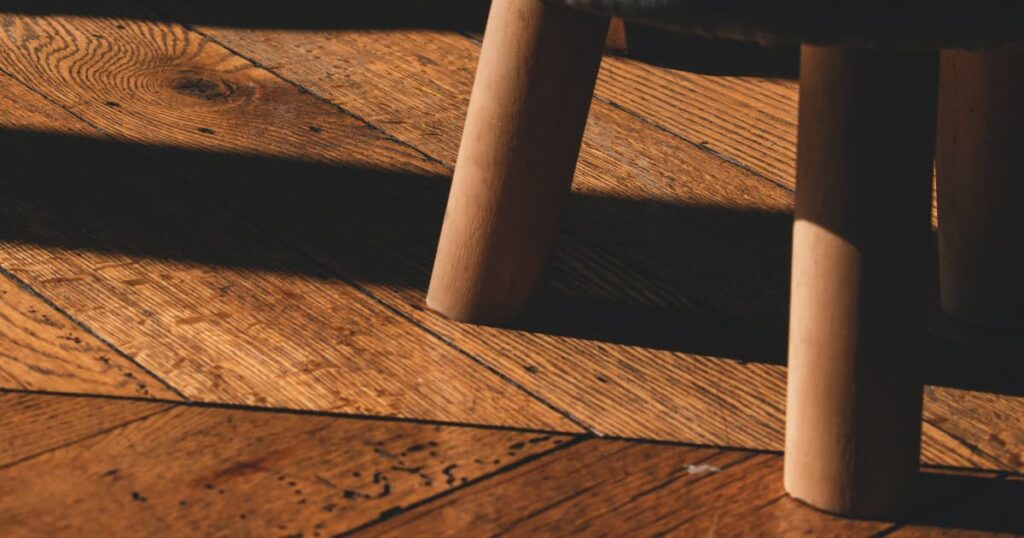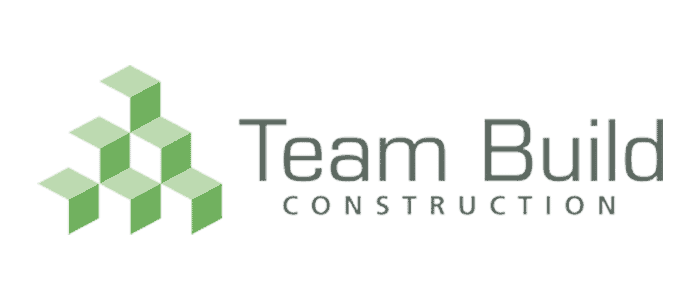
Versatile, timeless, and easy to style are all well-known benefits of wooden flooring, with wood typically seen as an ideal flooring type for those who want to update their home or prepare a property for sale.
But aside from adding to the aesthetic and financial value of a property, how does wood flooring impact the longevity and stability of the floors throughout the home?
In this blog post, we’re taking a closer look at the different types of wood flooring and how long they are expected to last.
Factors which impact the durability of wood flooring
Everything from the type of wood chosen to the installation method and maintenance routine can impact the lifespan of your flooring.
To consider installation first, wood flooring requires the correct underlay and preparation in place before the wood is laid and set. The type of wood then impacts the way it is installed, with modern homes tending to opt for the more cost effective tongue and groove installation method, whereas in the past proper solid hardwood floors were laid in complete planks which covered large areas of floor space.
Which wood is best for flooring?
All sorts of different woods can be used for flooring, with each boasting its own benefits and potential challenges and things to be aware of.
As explored above, solid hardwood tends to be the easiest to install and offers that seamless aesthetic upon which wear and tear only serves to add to the authenticity and natural charm. Having said, these require frequent refinishing to ensure that they remain scratch resistant and are expensive to install – with common woods laid using this technique being oak and walnut.
To consider lifespan in particular, oak, ash, and hickory are the front runners with an expected lifespan of around 100 years when cared for properly, while walnut is around 60 years.
Maple is another wood which is used in flooring, and while its lifespan sits at around 10 years with the correct maintenance, it is much cheaper to purchase and install making it a popular and stylish option for modern homeowners.
And then we have the engineered wood options which, instead of a solid plank, are made from engineered plyboard and MDF with a layer of solid wood on top for the benefit of the surface texture and aesthetic. If cared for and maintained effectively, these flooring types can last up to 30+ years.
With all this information, we can conclude that wood flooring can well be a good investment if cared for properly – but what does that proper care and maintenance look like?
Caring for wood – how maintenance impacts the lifespan of wood flooring

When it comes to installing and maintaining a wooden floor, your main focus should be not only on cleaning but also on protecting the surface from external factors such as sunlight, scratches, water stains and other spillages, and the wear and tear of daily footfall.
Different woods respond to water and scratches differently – with ash and hickory both renowned for their water resistance while oak is one of the toughest woods which can withstand high footfall and excessive shock. While refinishing is a process which is recommended for those with hardwood floors as required or preferred by the homeowners, regular cleaning and treatment is key to securing the wood and protecting the surfaces.
Here are a few maintenance tips to be aware of if you’re considering wooden floors in your property:
- The old methods are often the best, with a solution of vinegar and water a potent hardwood floor cleaner which can work wonders when used on a regular basis.
- Look into refinishing for your hardwood floor every 10 years or so. Not only will this process expose a new layer of wood and give your floors a like-new aesthetic finish, but they will enhance the presentation (and value) of your home significantly.
- Find out if your floor is sealed asap – by dropping a little water on it. If the water beads on the surface, then your wood floor is sealed, but if it soaks into the wood then your flooring needs to be treated and sealed as soon as possible to protect it.
The simple fact is that wooden floors that are well cared for and maintained can last for 100 years and beyond, depending on the type of wood you choose. While engineered wood is a great and cost effective alternative which can last around 20-25 years on average, it is hardwood which rewards those who opt for the long game and channel time and effort into keeping their floors looking their best.
For more advice on flooring types, from wood to laminate, tiles and beyond, get in touch with our team today.

